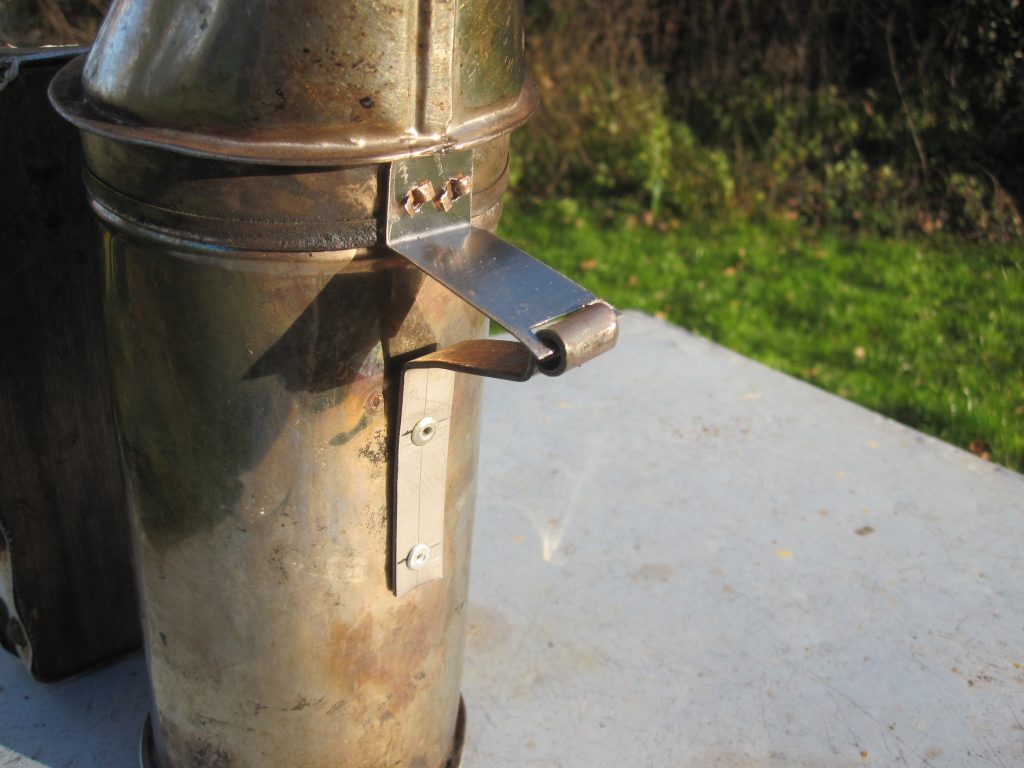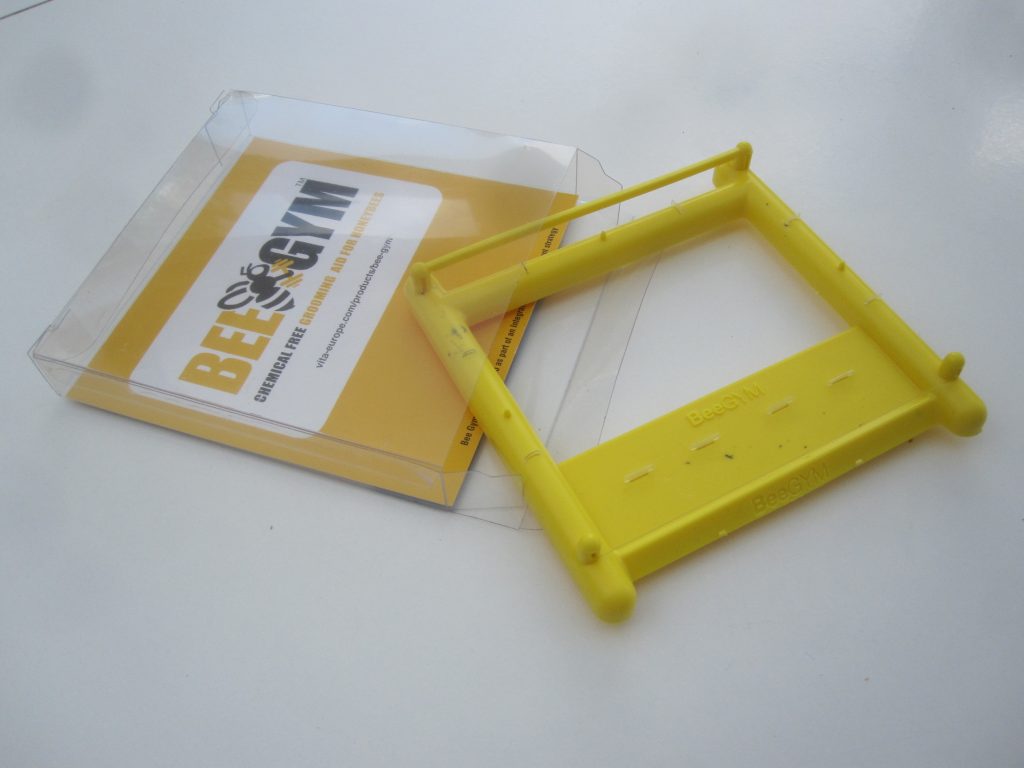We had one freak week in February when the temperature was high enough to start spring cleaning. If you can do gardening in your shirtsleeves then it’s warm enough to open a hive.
Two hives were completed, being given a cleaned and sanitized brood box, floor and crown board. The amount of brood unfortunately was not as much as I would have expected given the mildness of the winter. Both hives only had four patches of brood; one on either side of the two central frames. The weather turned chilly again so the other colonies will have to wait. Although there was still plenty of stores, most of it had crystallized so for the first time ever I’ve had to offer them fondant. Not all have taken it down as there is plenty of water around for them to use the crystallized. In addition there has also been plenty of fresh forage. The large ornamental plum has been positively alive with workers when it’s had the sun on it and the white bullace was also worked vigorously when that was in flower

Again, oxalic acid treatment was not as effective as I wished so I’ve had to follow it up with Apivar. Weekly counts of varroa drop show the numbers now down into single figures but hopefully I’ll get six of the hives down to continuous zero before the Apivar has to come out.
Only six of the hives have the chemical treatment as hives 1 and 2 are running another experiment with Beegyms. Stuart Roweth found better results by placing the gyms above the brood frames so I’ve placed two gyms in an eke above the brood in these hives. I’ll let you know the figures as they progress




